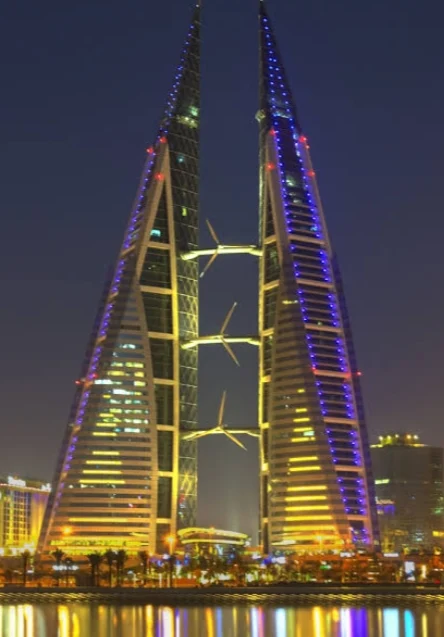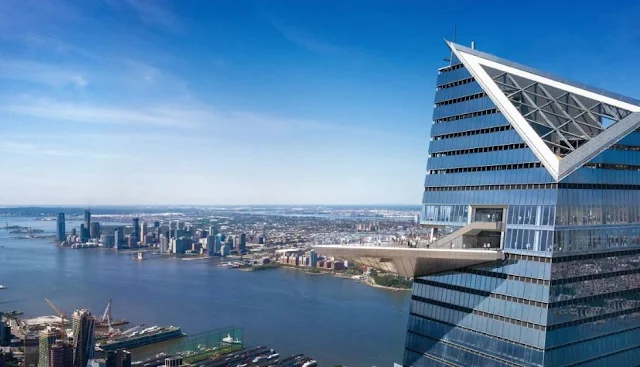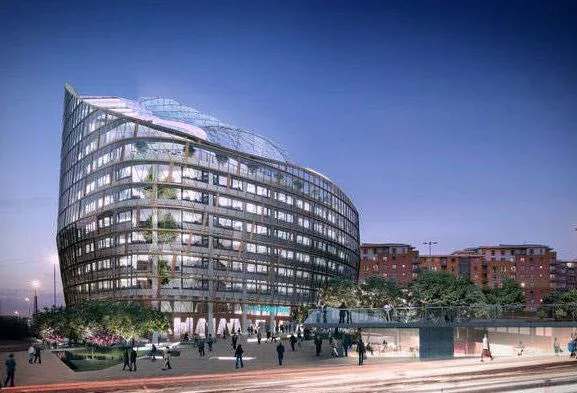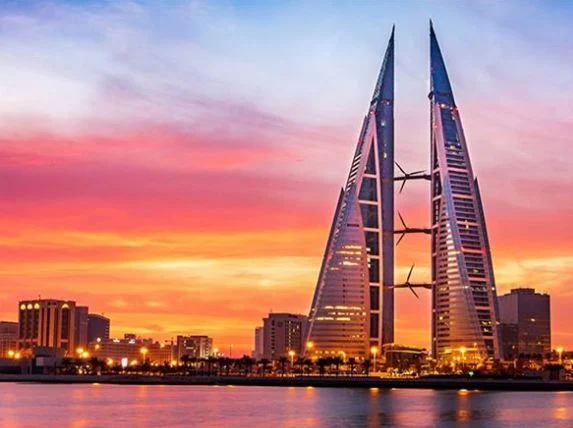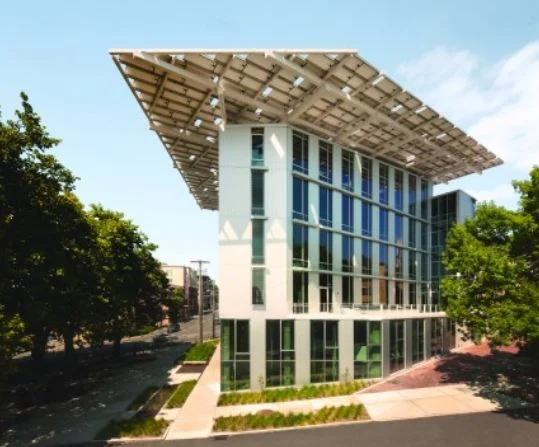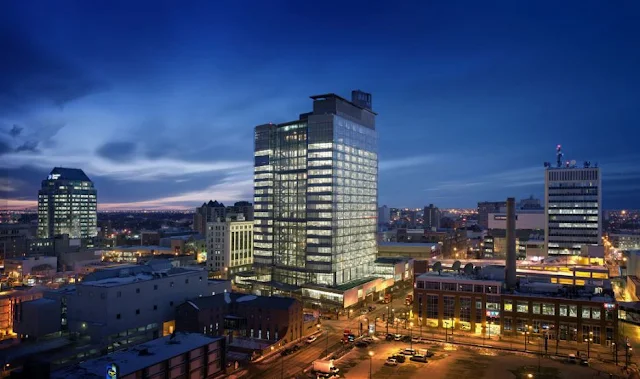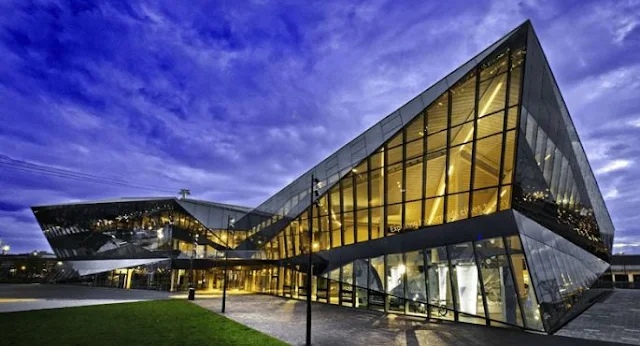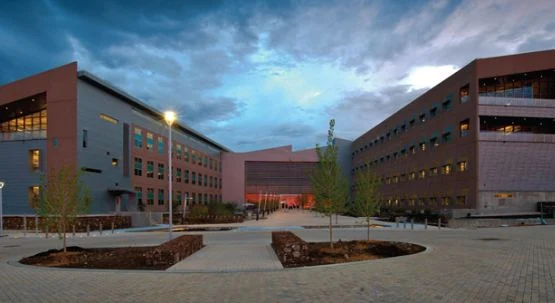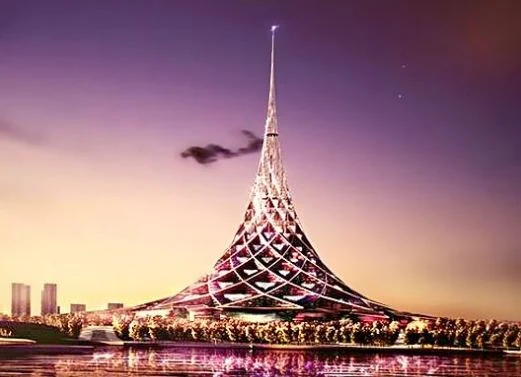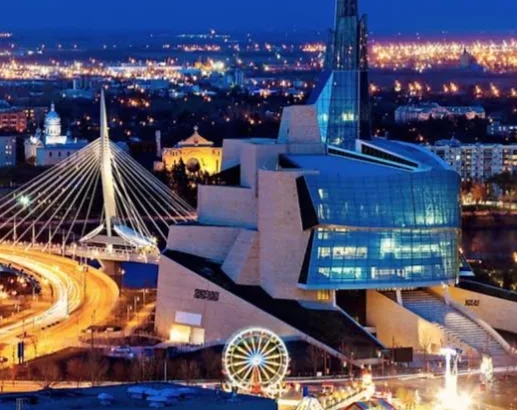Introduction, Energy Efficiency Buildings
Energy efficiency in buildings is a critical aspect of sustainable development, with a profound impact on energy consumption, carbon emissions, and overall environmental footprint.
This statement highlights the importance of energy-efficient buildings and emphasizes the potential for significant energy savings through efficient design and operational practices.
Studies consistently demonstrate that buildings are responsible for a substantial portion of global energy consumption. According to data, residential and commercial buildings account for nearly 40% of total energy usage. This staggering figure underscores the urgent need to prioritize energy efficiency in building design and operations.
Outlook for Best Energy Efficiency Buildings
Data reveals that energy-efficient buildings can achieve remarkable energy savings.
By incorporating advanced insulation, high-performance windows, efficient lighting systems, and optimized heating, ventilation, and air conditioning (HVAC) systems, buildings can significantly reduce energy consumption.
In fact, energy-efficient buildings can save up to 30-50% of energy compared to conventional structures, according to research.
Beyond the initial design phase, data-driven operational practices further contribute to energy efficiency in buildings. Smart building management systems equipped with sensors and data analytics enable real-time monitoring of energy usage, optimizing operational efficiency and identifying areas for improvement. By leveraging this data, building owners and operators can implement targeted energy conservation measures, such as adjusting lighting levels, optimizing temperature settings, and scheduling equipment usage, resulting in additional energy savings.
As the world embraces the urgent need for sustainable development, architects, engineers, and developers are pushing the boundaries of energy-efficient building design. These remarkable structures serve as shining examples of how innovative approaches, cutting-edge technologies, and sustainable practices can create buildings that minimize energy consumption, reduce carbon emissions, and provide comfortable spaces for occupants. Here, we present a list of some of the best energy-efficient buildings from around the world, showcasing their remarkable achievements in sustainable architecture.
List of Best Energy Efficiency Buildings
Here is List of 9 Best Energy Efficiency Buildings
1. One Angel Square - Manchester, United Kingdom
One Angel Square, the headquarters of the Co-operative Group, is a remarkable example of sustainable architecture.
The building features a striking double-skin glass façade, which enhances insulation and reduces heat loss. It incorporates advanced energy management systems, including heat recovery, LED lighting, and solar panels, resulting in a significant reduction in energy consumption. The building achieved an impressive BREEAM "Outstanding" rating, the highest sustainability certification.
2. The Edge - Amsterdam, Netherlands
The Edge, located in Amsterdam's Zuidas business district, is renowned as the world's most sustainable office building. It incorporates numerous energy-saving features, such as intelligent LED lighting that adjusts based on occupancy and natural light levels, as well as an innovative climate control system that regulates temperature at the individual workspace level.
The Edge also boasts a rooftop solar panel array and a rainwater collection system, making it nearly energy-neutral.
3. Pixel - Melbourne, Australia
Pixel, a carbon-neutral building in Melbourne, showcases the potential of sustainable urban architecture. The building utilizes a range of energy-efficient technologies, including a façade designed to maximize natural lighting and minimize solar heat gain.
It features an innovative mixed-mode ventilation system, using natural ventilation as much as possible while minimizing the need for air conditioning. Solar panels and a rainwater harvesting system further contribute to its sustainable performance.
4. Bahrain World Trade Center - Manama, Bahrain
The Bahrain World Trade Center stands out as an iconic structure that combines innovative design with renewable energy integration. Its distinctive twin towers feature three large wind turbines positioned between them, which harness wind energy to generate electricity for the building.
The incorporation of wind power reduces the building's reliance on conventional energy sources and showcases a creative approach to sustainable design.
5. Bullitt Center - Seattle, United States
The Bullitt Center in Seattle is a six-story commercial building that exemplifies the concept of the "living building." It is designed to produce as much energy as it consumes, thanks to an impressive array of renewable energy features. The building utilizes solar panels, geothermal heating and cooling systems, rainwater harvesting, and composting toilets, among other sustainable technologies. The Bullitt Center serves as a living laboratory, demonstrating the possibilities of ultra-energy-efficient construction.
The Bullitt Center in Manila is an exemplary green building that demonstrates a holistic approach to energy efficiency. It utilizes passive design strategies, such as natural ventilation, daylighting, and shading devices, to minimize energy consumption. The building incorporates solar panels, rainwater harvesting systems, and efficient appliances to further reduce its environmental impact. The Bullitt Center serves as a model for sustainable urban development in the Philippines.
These remarkable buildings showcase the remarkable achievements in energy efficiency and sustainable design. They demonstrate that it is possible to construct innovative and aesthetically pleasing structures while significantly reducing energy consumption and environmental impact.
Through their use of cutting-edge technologies, intelligent design principles, and renewable energy integration, these buildings inspire and set new standards for the construction industry, emphasizing the importance of sustainable architecture in creating a greener and more sustainable future.
6. Manitoba Hydro Place - Winnipeg, Canada
Manitoba Hydro Place is a stunning example of energy-efficient architecture. The building features a unique double-skin glass façade, which optimizes natural lighting while providing insulation and minimizing heat loss.
An integrated geothermal system uses the Earth's stable temperature to heat and cool the building, reducing reliance on traditional HVAC systems. The building's sustainable design earned it LEED Platinum certification.
7. The Crystal - London, United Kingdom
The Crystal, located in London's Royal Docks, is a sustainable masterpiece. It is one of the world's most sustainable buildings and serves as an exhibition space and global hub for sustainable cities.
The Crystal features integrated renewable energy systems, rainwater harvesting, and intelligent building management systems that optimize energy use. It has achieved BREEAM "Outstanding" certification, showcasing its exceptional sustainability performance.
8. NREL Research Support Facility - Golden, United States
The NREL Research Support Facility in Golden, United States is a testament to energy efficiency in a large-scale office building. This net-zero energy facility utilizes advanced design strategies and cutting-edge technologies to achieve outstanding energy performance.
It features efficient insulation, high-performance windows, daylighting systems, and a sophisticated HVAC system that maximizes energy conservation. The building also incorporates a large photovoltaic system and a geothermal heating and cooling system, allowing it to generate as much energy as it consumes.
9. The Crystal Island - Moscow, Russia
The Crystal Island, a proposed megastructure in Moscow, aims to be one of the world's most energy-efficient buildings once completed. Its innovative design incorporates a large solar panel array, wind turbines, and advanced energy management systems. The building's shape and orientation optimize natural lighting and ventilation, reducing the need for artificial lighting and mechanical cooling. With its ambitious energy-saving features, the Crystal Island seeks to set new standards for sustainable construction.
Energy efficiency in buildings holds immense potential for reducing energy consumption and mitigating climate change.
By embracing efficient design principles and leveraging data to inform operational practices, we can create buildings that consume significantly less energy without compromising on comfort or functionality.
Conclusion For Best Energy Efficiency Buildings
Through the adoption of energy-efficient technologies and the implementation of data-driven strategies, we can transform our buildings into sustainable and environmentally friendly assets, contributing to a more resilient and greener future.
In conclusion, the best energy-efficient buildings combine architectural excellence with sustainable practices, demonstrating the potential to create structures that prioritize energy conservation and environmental responsibility.
As these examples highlight, energy-efficient buildings not only contribute to reducing carbon emissions but also provide healthier, more comfortable spaces for occupants.
They serve as beacons of inspiration and pave the way for a future where sustainable construction is the norm, driving us closer to achieving our global sustainability goals.

